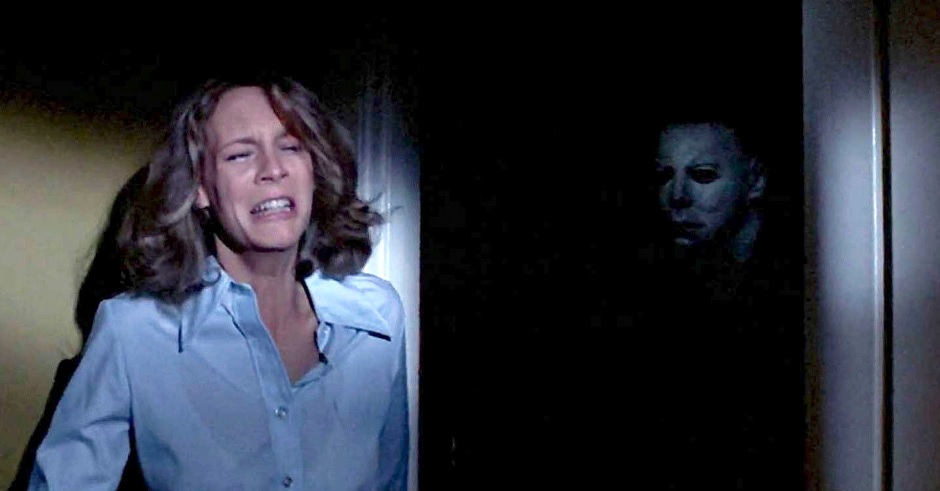From Scream to Halloween, Texas Chainsaw Massacre to Nightmare on Elm Street, many of the most classic of slashers had one trope in common: The Scream Queen. Through whatever lens you look at ‘80s horror, there’s no doubt that directors and viewers had a bit of a thing for helpless, screaming teenagers getting murdered by the dozen.

While you can’t deny there’s something classic about those old-school slashers, these days the world’s creepiest masked serial killers have their sights set on another target: the family unit. And, no, we aren’t talking about a sit-down meal and singing songs around the piano.
The evolution of slashers
So, what exactly made the directors of Hollywood move away from the teenage-girl-slasher trope and move towards family-centric slashers? One of the key reasons is a shift in audience. There’s no doubt that the people checking out Freddie and Jason in the cinema in the ‘80s are hugely different from the horror audience of today. With that change in watchers comes a chance in focus for directors. Why limit yourself to teenage sleepovers or lover’s lanes when you can target something that’s really scary to the average mom, dad, or teenager?
Family-style slashers: new or not?
That’s not to say that family-style slashers haven’t been around since the ‘80s. You could argue that The Shining is a good example of a family slasher, and horror classic Amityville also centers around a dysfunctional family unit. But when you factor in modern slasher/thrillers like Us, Hereditary, and even The Strangers, it seems like we far prefer seeing a whole family slaughtered over a group of friends at camp any day of the week.
Are the new generation of slashers better?
While many of our favorite ‘80s flicks are about strange, masked men slaughtering anyone in their path, what many audiences want to have is a real connection to the characters. Families are easier to relate to for many – and more effort is put into giving people backstories, lives, and flaws of their own.
As for which is better, while my preference certainly lies in the camp gore of ‘80s slashers, there’s something to be said for connecting with characters and feeling like the deaths mean something. If you’re up for a couple of hours of grindhouse-style ridiculousness, the ‘80s is always the way to go. But if you want more of a connection with the victims that you’re unlikely to get with the average perm-haired, petite 1980’s teenager, then the new generation of slashers just might be worth a watch.
